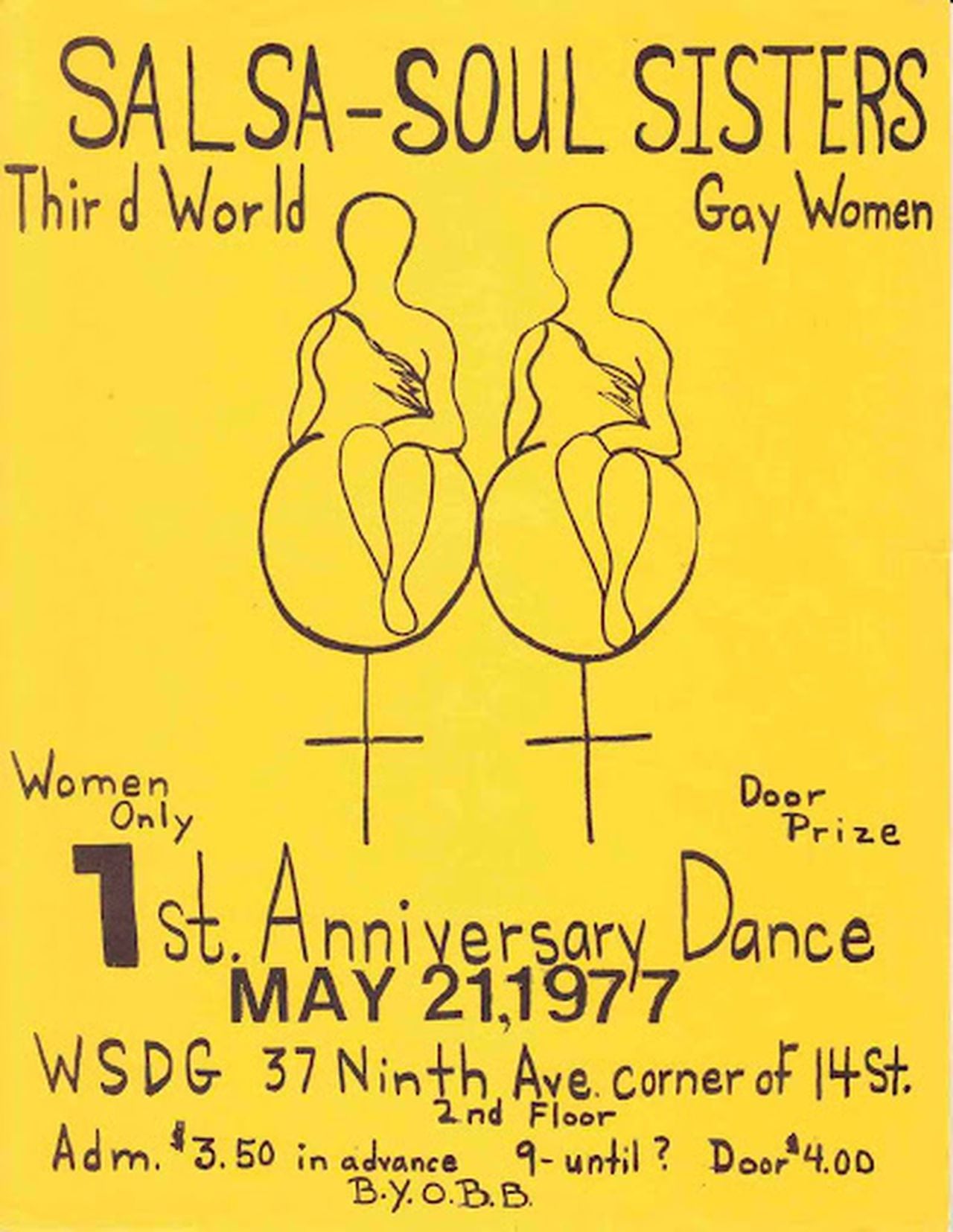5 things you need to know about Salsa Soul Sisters, the 70s Black and Brown lesbians who paved the way
Remember those iconic images of Studio 54? The shimmering gowns, celebrities lost in the disco haze? There’s an untold story pulsing beneath that glittering facade. While queer folks were tentatively finding mainstream acceptance (at least in some spheres), a different revolution was happening in New York City.
The Salsa Soul Sisters were born in 1974, defying multiple layers of oppression. Think of them as the radical, grassroots answer to the white gay male circles dominating the era. This was a safe haven for Black, Brown, Asian, and Indigenous lesbians to find their tribe, build power, and yes, even have a damn good time.
They weren’t just about parties (though those did happen). Consciousness-raising groups, beach retreats, and the fiercely creative Gayzette newsletter were their tools of choice. This was sisterhood at its most vibrant, political, and intersectional – decades before the term became a buzzword.
Now, let’s dive deeper into why the Salsa Soul Sisters deserve your attention:
1. They offered a space for inclusion and intersectionality
The Salsa Soul Sisters was the first US organization specifically dedicated to lesbians of color. They welcomed women of diverse backgrounds, including Black, Latina, Asian American, and Indigenous identities.
Where today, when we want to say non-white folks, we say BIPOC, in the 1970s and into the early 80s, the all encompassing category was known as “Third World Women” so much so that the organization titled itself, Salsa Soul Sisters: Third World Women Inc.
They were trailblazers in creating a space where ‘BIPOC’ women of the LGBTQ+ community could find support and solidarity.
Salsa Soul Sisters Third World Gay Women First Anniversary Dance Flyer 1977, held at the West Side Discussion Group – a space and organization that would later become the LGBT Community Center site in New York City. This 1st anniversary dance in May 1977 was significant because it was the first of its kind that celebrated third world gay women in a space that had otherwise been known for predominantly white men. Note that the flier acknowledges that the dance is for women only, staking a claim for the space for the one night. From the Lesbian Herstory Archives exhibition siteLesbian Herstory Archives
2. Social gatherings, activism and safety
The Salsa Soul Sisters were more than just a social club. They organized consciousness-raising groups, dances, mini-conferences, retreats, and performances. These events fostered community and provided a safe space away from the dangers of New York City streets, helping with mental health and well-being.
Besides social activities, the membership of the Salsa Soul Sisters formed as Third World Gay Women understood how risky it was to be on the streets of New York City. Retreating to far off beaches like Riis Beach or even further to Provincetown, was a political strategy of harboring safety, a sense of community, and mental health and wellness.
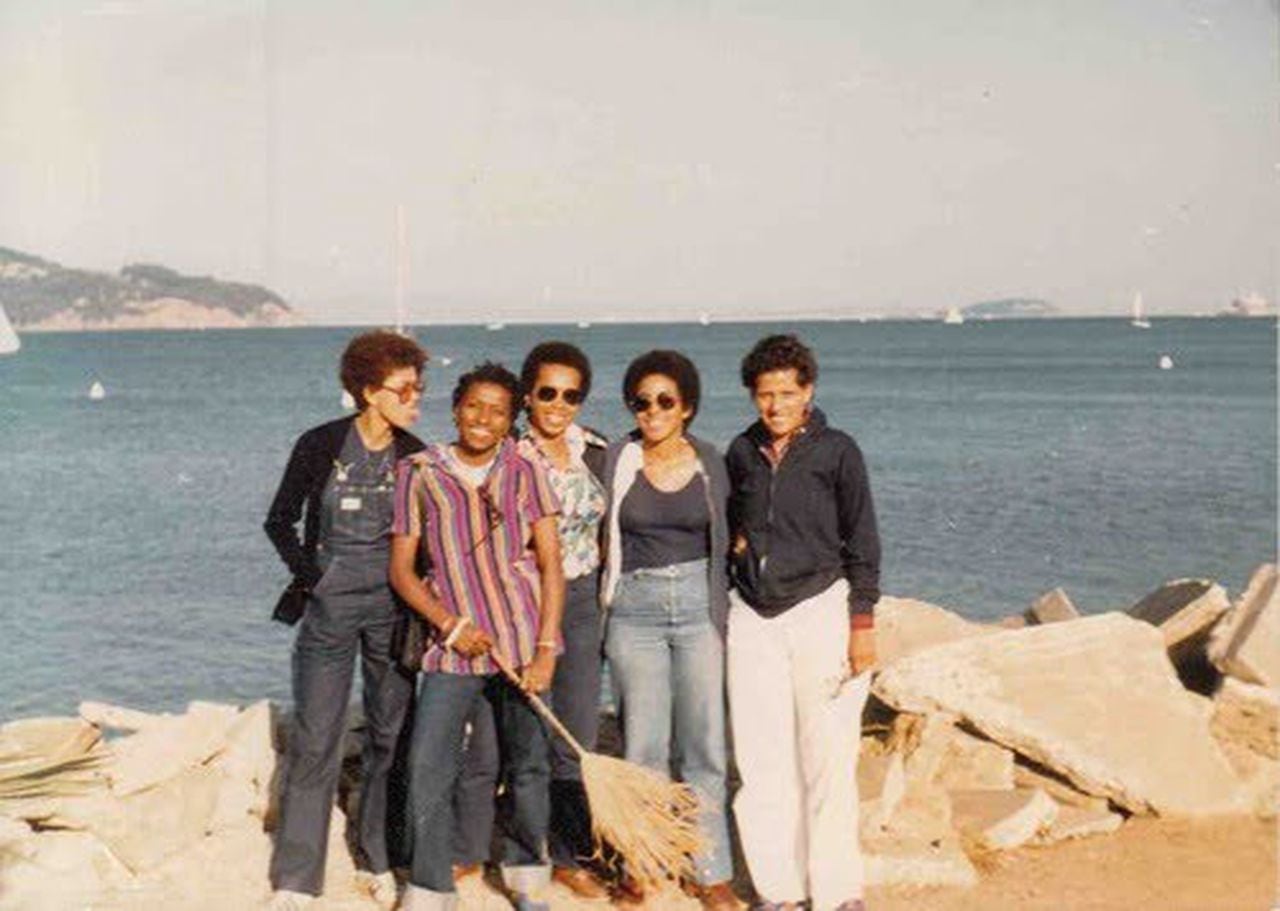
Salsa Soul Sisters Retreat August 1980, From left: Tippy Harrison, Cassandra Grant, Nancy Hinds, Norma Lofton, Leota Lonedog. Salsa Soul Sisters ExhibitionLesbian Herstory Archives
3. The power of the Gayzette
Their newsletter, the Gayzette, was a vital tool for communication and creativity. It featured poetry, horoscopes, and updates on their events. The Gayzette documented their activities, like the 1977 bus trip to Mohansic Park – a testament to their joyful sisterhood.
On Saturday July 30, 1977, over 50 women and several children attended the Salsa Soul bus ride to Mohansic Park, about 50 miles north of New York City. In a Aug/Sept 1977 Gayzette article labeled “Gay Sisterhood is Beautiful’’ a member reported on the event, how it started out as a rainy day, but then ended with sun and laughs: “The Goddess smiled on these beautiful women, and hung out the sun. We ate, played games, went swimming, ate again and laid around enjoying our own togetherness. Edith even got her fire started, with some help from Tippy, Daisy, and Harriet. The food was good and there was enough for everyone.” – August/Sept 1977
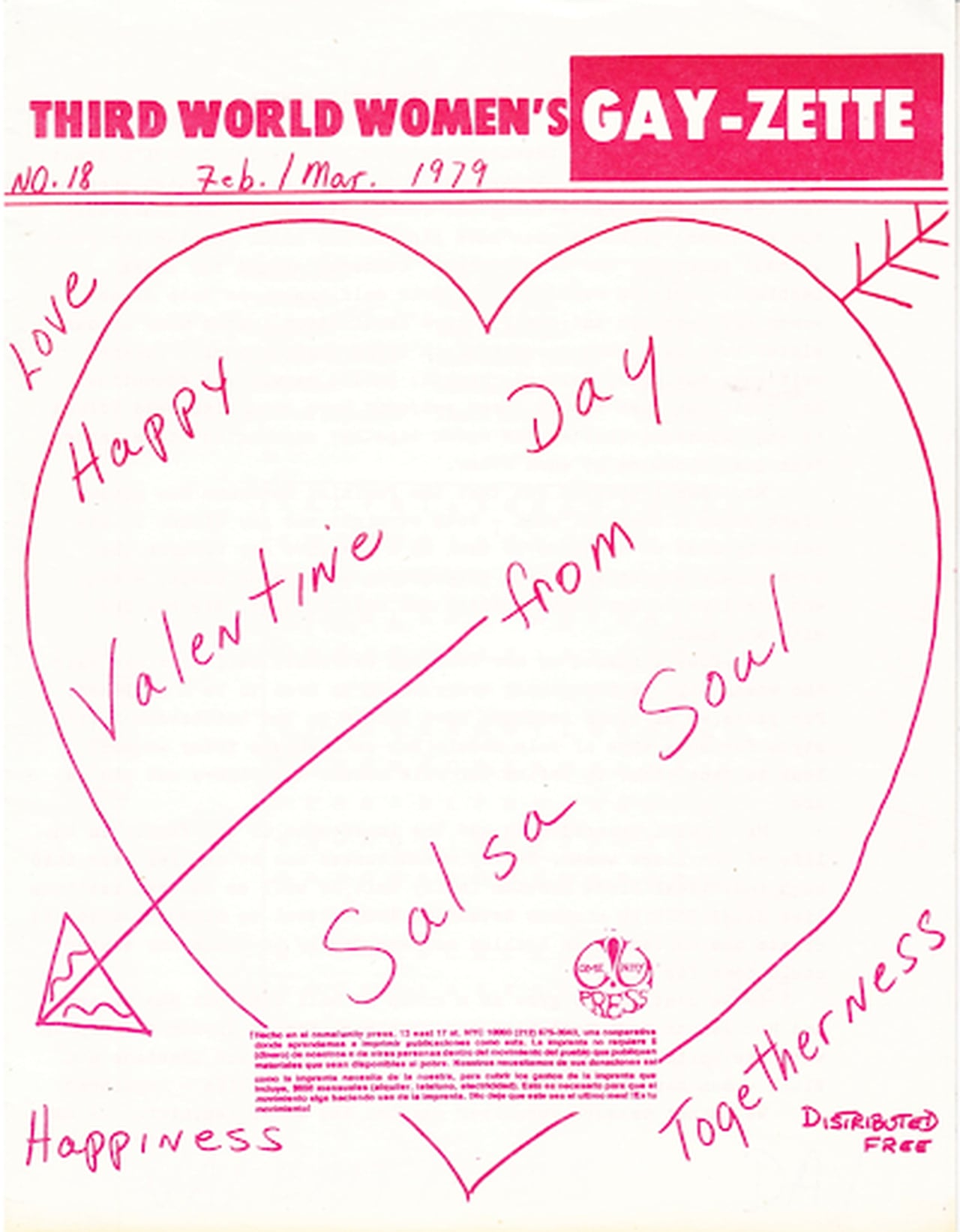
Cover of The Salsa Soul Sisters Third World Women’s Gay-Zette Issue 18, dated February/March 1979. Inscribed Happy Valentines Day from Salsa Soul, Love, Happiness, Togetherness. Distributed Free. Contributors to this issue were Miki, Walter Rinder, Phyllis, Sandy, Audrey, Luvenia Pinson, Ann Shockley, Lee, Theresa Edwards. The issue includes writings, horoscopes, upcoming events at Hunter College, a review of a recent concert, and several upcoming events with Salsa Soul. Cover image from the Salsa Soul Sisters exhibition collection of the Lesbian Herstory Archives.Lesbian Herstory Archives
4. Preserving history and finding belonging
Members like Joann McCray and Cassandra Grant played a crucial role in safeguarding the history of Salsa Soul Sisters. Their efforts led to collections within the Lesbian Herstory Archives, ensuring their legacy lives on.
In 2019 at a convening of Salsa Soul Sisters members at the New York Historical Society, McCray delivered opening remarks and recalled how she felt when finding Salsa Soul in 1977 at age 22; she said, “these are my people.”
Grant donated the collection of the Salsa Soul Sisters archival material to the Lesbian Herstory Archives, including material from when the group hosted events including Kwanzaa, movie nights, weekly workshops hosted by members, and many others. They also published quarterly magazines like Azalea and the Salsa Soul Gayzette.
Salsa Soul would later become the African Ancestral Lesbians United for Societal Change. Cassandra, delivering a second iteration of their Special Collection in 2013 became a steward of the Salsa Soul Sisters story.
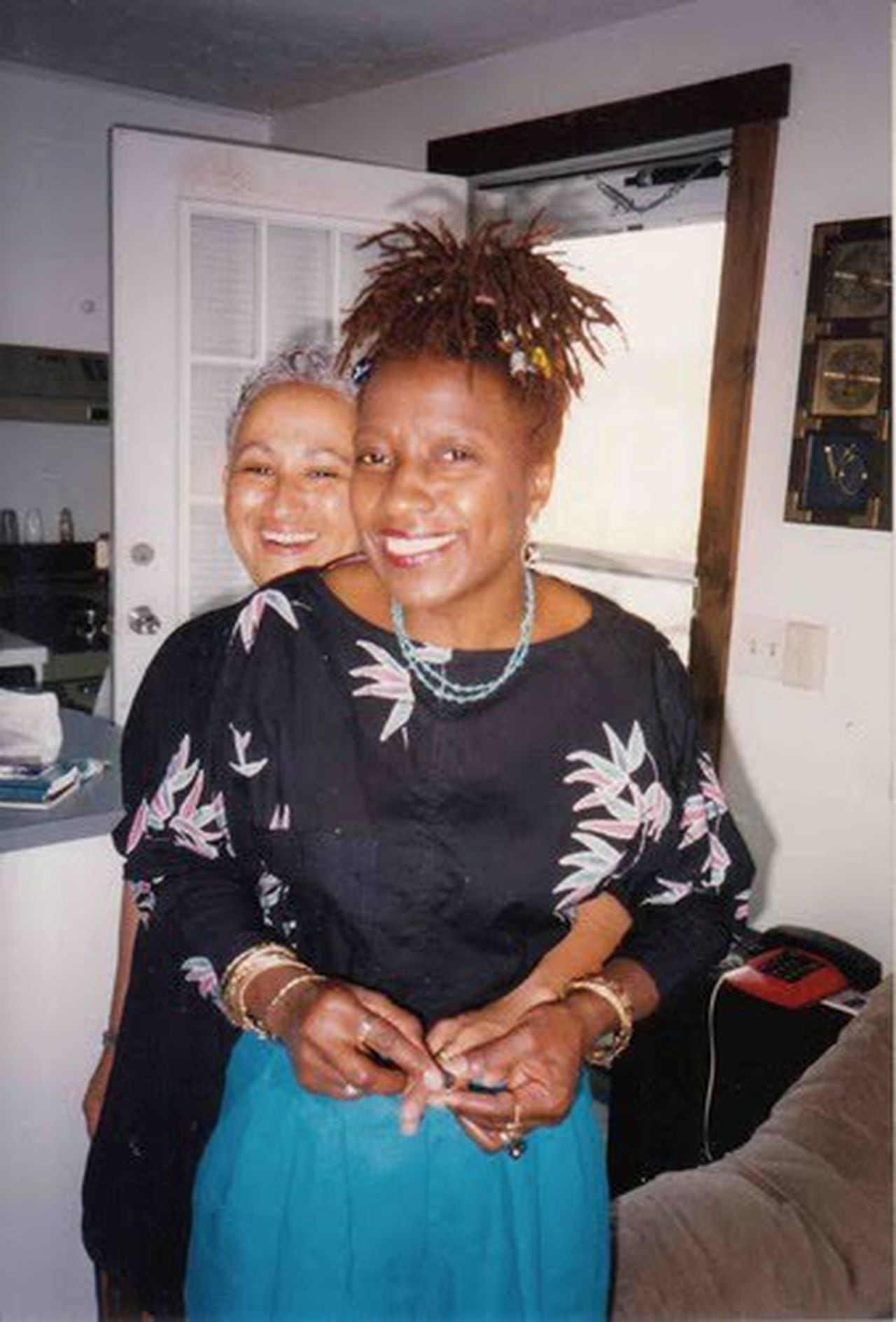
Cassandra Grant (front) with her long-tine partner Sharon Lucas in Provincetown (early 1990s). From the Salsa Soul Sisters Special Collection, Lesbian Herstory ArchivesLesbian Herstory Archives
5. A legacy of activism
The Salsa Soul Sisters understood the intersections of racism, sexism, and homophobia. Their activism was born from lived experiences and a desire for justice, as Grant has highlighted. From early days to their later evolution into the African Ancestral Lesbians United for Societal Change, they were a force for positive change.
In a 2013 an oral history recorded for Wind Is Spirit: The Life & Legacy of Audre Lorde, Grant said, “Through our own personal experience and the stories of our elders we began to develop a sense of outrage with the racism, sexism and homophobia in our own communities and in the country. We had a sense that there was a great deal of injustice in our lives because we had lived it, we’d seen it.”
“Many of us were from the north but had roots in the south where you saw the reality of racism and classism and sexism, so clear. In the north, it was kind of hidden with a pretense that everything was open to us, but it wasn’t. We took to the streets in protest!”
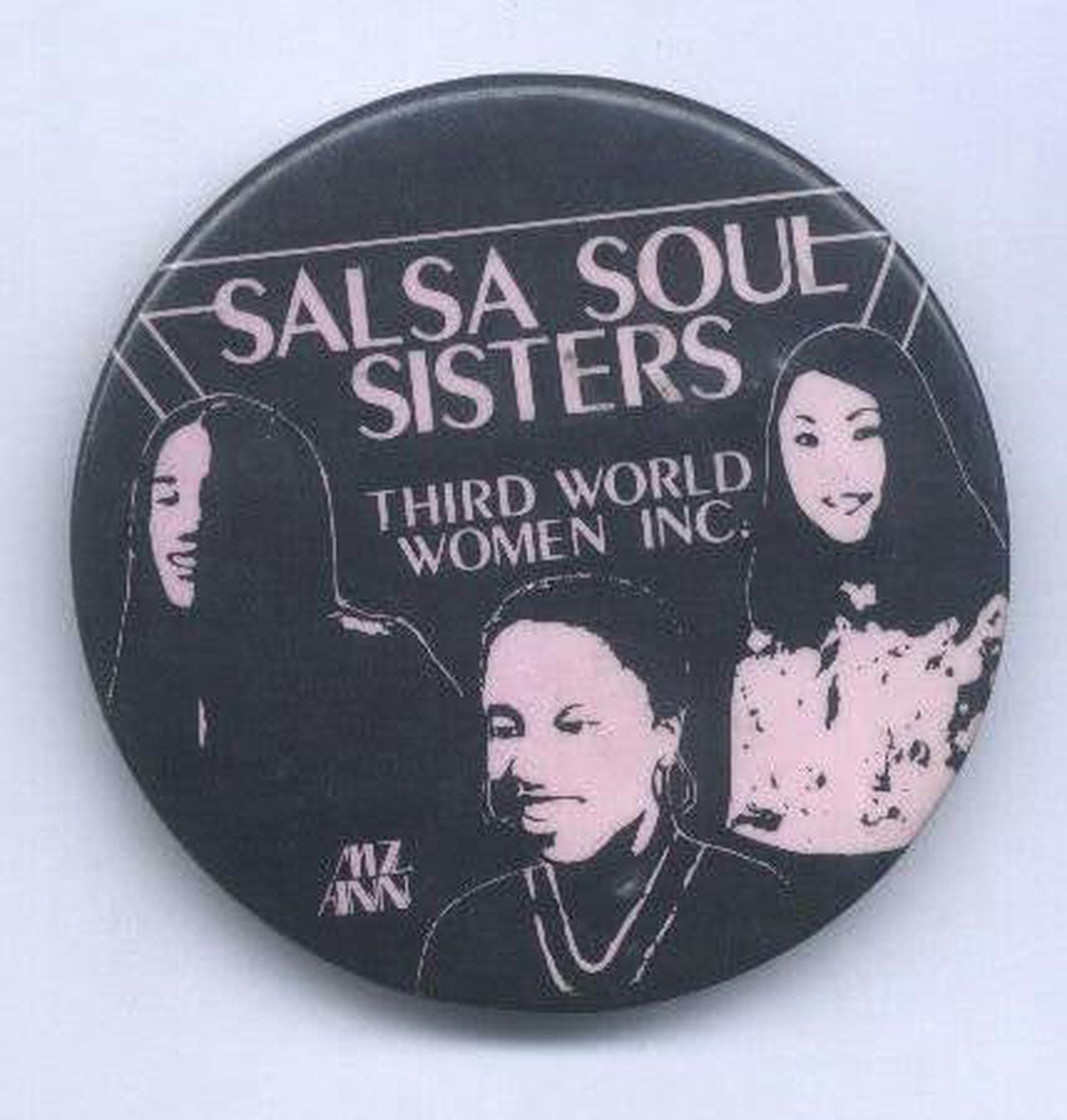
Salsa Soul Sisters pin-back button, 1974. Collection of the Lesbian Herstory Archives. Archival materials from Salsa Soul Sisters. The moniker “Third World Women” in this diagram is meant to represent women from multiple people of color backgrounds: Black, Latina, Asian, and Indigenous.Lesbian Herstory Archives
Learn more
The entire collection of the Salsa Soul Sisters was donated to the Lesbian Herstory Archives and processed in April 2019. If you go to the on-site location, you will find correspondence, photographs, flyers, obituaries, Gayzette issues, newsletters, retreat materials, brochures, organizational documents including board minutes, manuals, and financials, as well as other material represented of the Salsa Soul Sisters Organization and its members.
If you can’t make it to New York, you can find its exhibition collection of photographs, flyers, and excerpted issues of their newsletter, the Salsa Soul Gayzette, their monthly newsletter of poetry, personals, horoscopes, and more.
Shawn(ta) Smith-Cruz is a volunteer-coordinator at the Lesbian Herstory Archives, and co-editor of a two-volume series, Grabbing Tea: Queer Conversations in Archives and Practice and Queer Conversations in Identity and Libraries from Litwin Books/Library Juice Press. Shawn is an associate dean for Teaching, Learning, and Engagement at New York University Division of Libraries and an adjunct assistant professor at Pratt School of information, teaching Reference & Instruction.
